Maintaining Style on Bleached or Color-Treated Hair | The Ultimate Pro Guide
Your Guide to Flawless Style on Processed Hair
Achieving that perfect shade of platinum blonde, pastel pink, or rich brunette is a journey—one that transforms your look and boosts your confidence. But the real artistry begins after you leave the salon chair. Maintaining style on bleached or color-treated hair presents a unique set of challenges. The very chemical processes that create your stunning color also alter the structure of your hair, leaving it more fragile, porous, and prone to damage. Suddenly, your trusty flat iron feels like a threat, and your go-to styles don't seem to hold as they once did. This guide is your comprehensive roadmap to navigating the world of styling for processed hair. We’ll explore how to achieve beautiful, lasting styles while prioritizing the health and integrity of your vibrant locks, proving that you don’t have to sacrifice style for health.
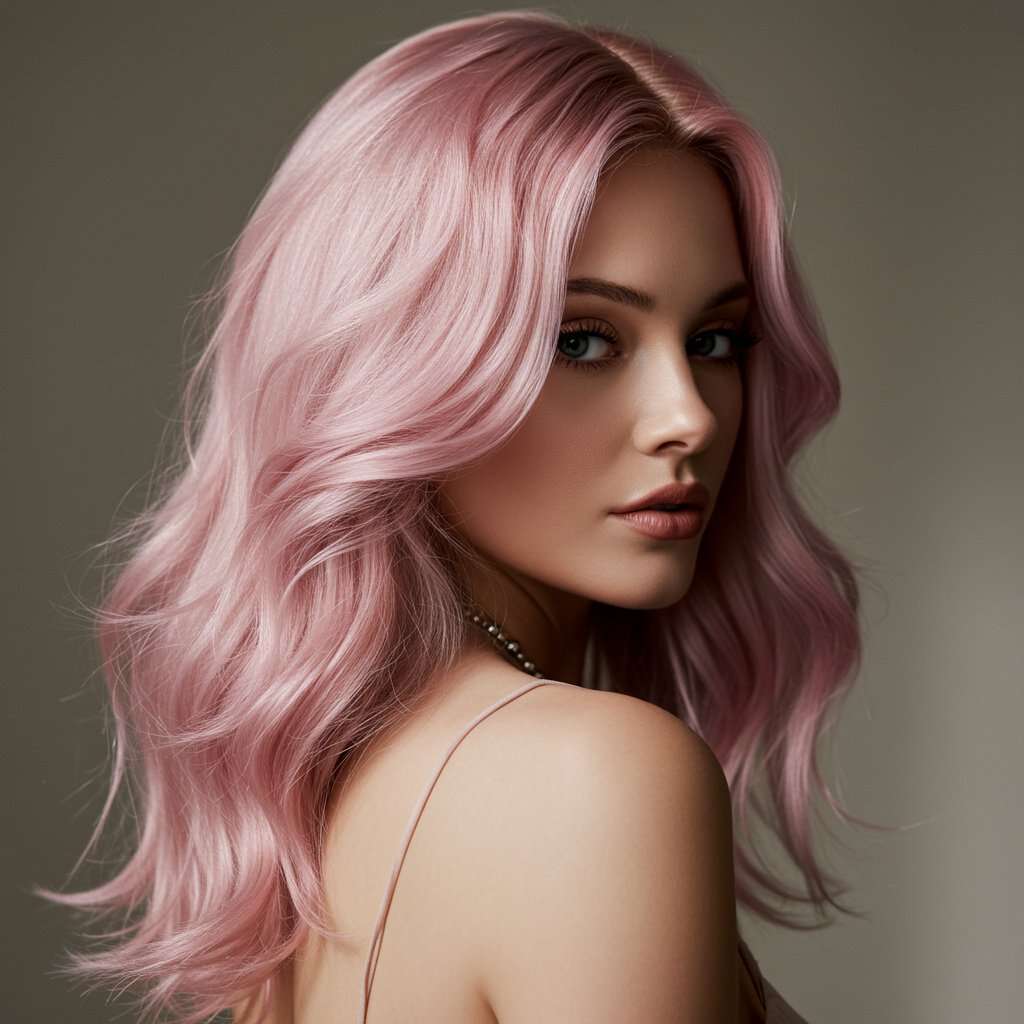
Understanding the Canvas: The Science of Styled, Processed Hair
Before you can master styling, it's essential to understand what's happening to your hair on a microscopic level. Bleaching and coloring processes lift the hair's outer layer, the cuticle, to alter its internal pigment. While necessary for color change, this action leaves the cuticle raised and porous. Highly porous hair absorbs and loses moisture rapidly, leading to frizz, dryness, and a rougher texture. It also means your hair is more susceptible to damage from heat, environmental factors, and even mechanical stress from brushing.
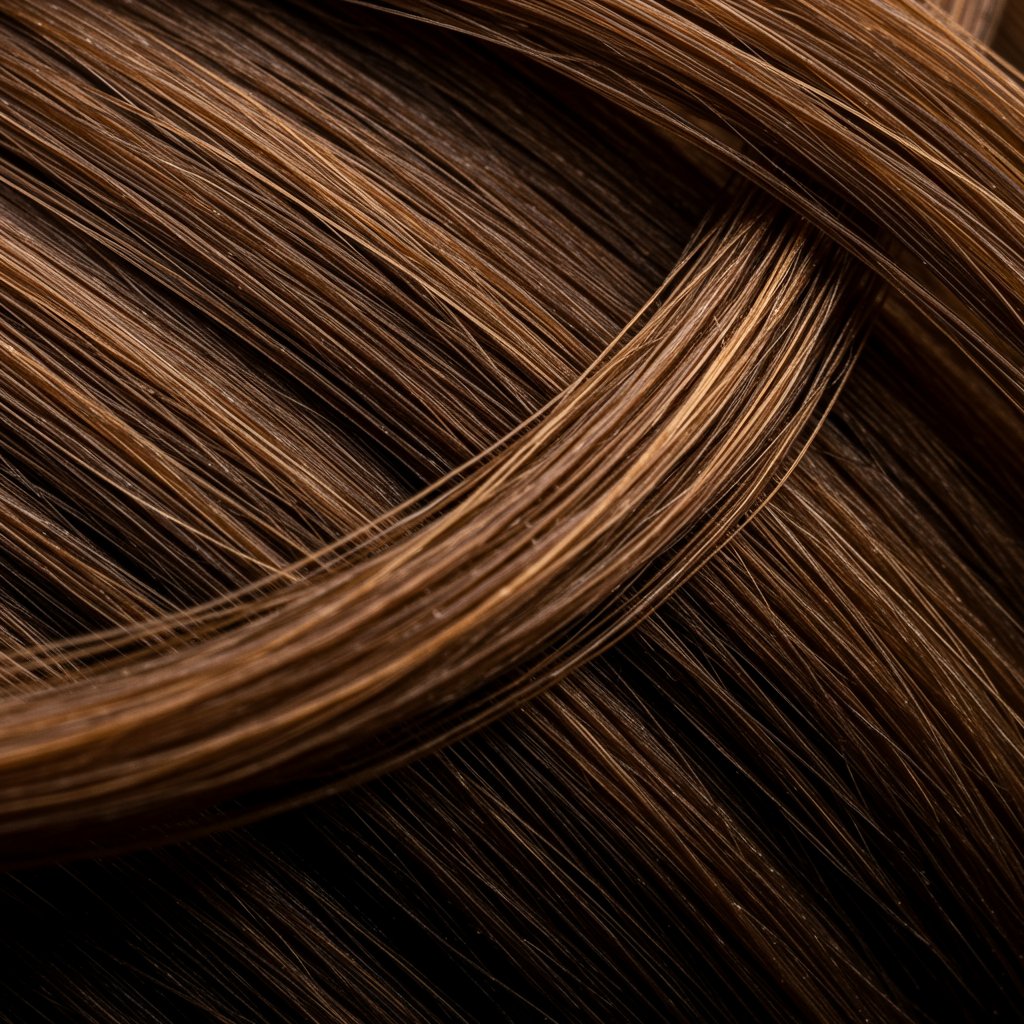
Furthermore, the protein bonds (keratin) that give your hair its strength and elasticity are often weakened. This loss of elasticity means the hair can't stretch and return to its shape as effectively, making it more likely to snap and break, especially when subjected to the tension of styling. Recognizing that you're working with a more delicate canvas is the first step toward effective styling. Every tool you use, product you apply, and technique you employ must be chosen with the goal of smoothing that roughened cuticle, replenishing lost moisture, and reinforcing weakened bonds. This foundational knowledge transforms your approach from simply 'doing your hair' to intelligently nurturing it into the style you desire.
The Foundation of Flawless Style: Your Daily Care Routine
A stunning hairstyle begins long before the blow dryer is ever turned on. The foundation for maintaining style on bleached or color-treated hair is a meticulously chosen daily care regimen. Start by swapping out harsh, stripping shampoos for sulfate-free, color-safe formulas. Sulfates can strip away natural oils and artificial color molecules, leading to faded vibrancy and increased dryness. Look for cleansers infused with hydrating ingredients like hyaluronic acid, glycerin, or natural oils to gently cleanse while replenishing moisture.
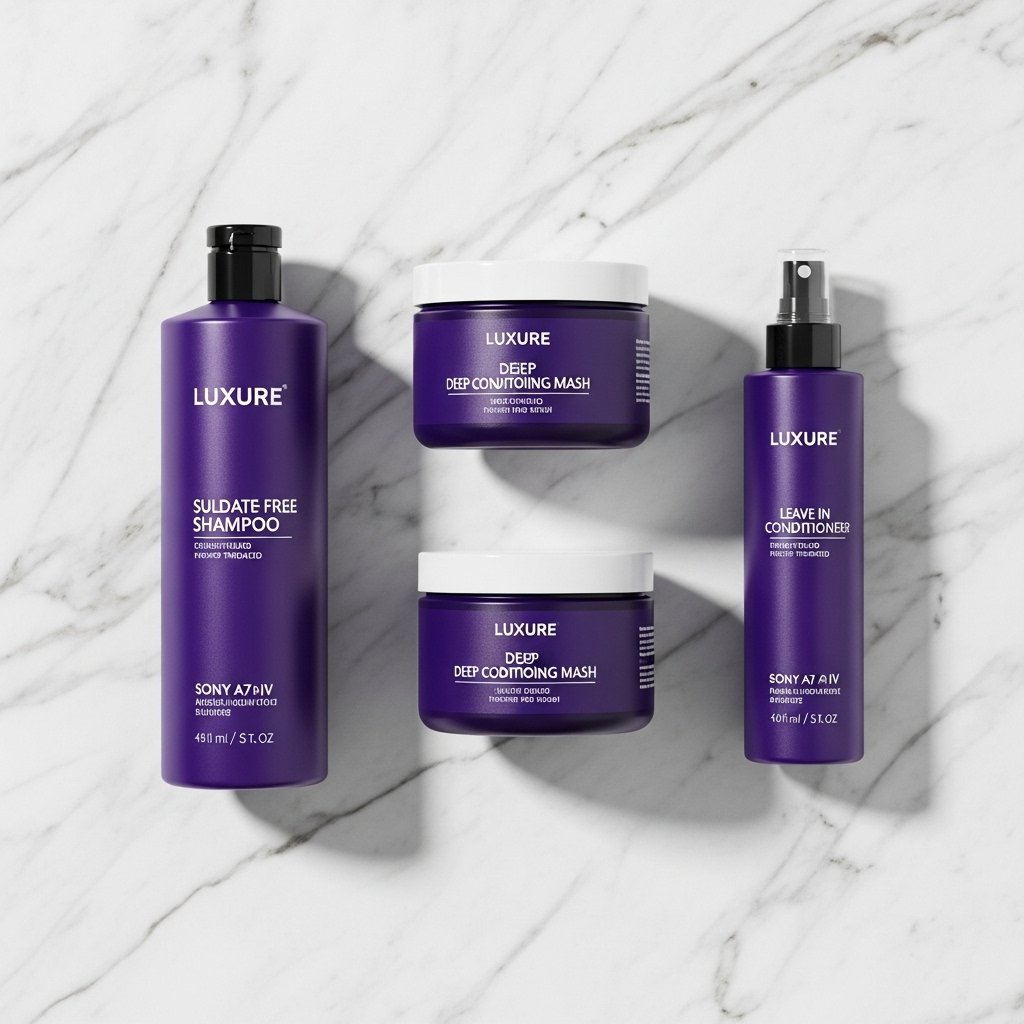
Conditioning is non-negotiable. Your conditioner should be rich, reparative, and specifically designed for color-treated hair. Ingredients like keratin, silk proteins, and amino acids help patch up the porous spots in the hair shaft, while shea butter and argan oil seal the cuticle to lock in moisture and create a smoother surface. Once or twice a week, replace your regular conditioner with a deep conditioning mask or treatment. Allowing a potent mask to sit for 10-20 minutes can dramatically improve your hair's elasticity and shine, making it far more manageable and resilient for styling. Finally, never skip a leave-in conditioner or detangling spray on damp hair. This creates a protective barrier, reduces friction from combing, and provides a base layer of hydration that helps your styling products work more effectively.
Heat Styling Without the Heartbreak: Tools and Techniques
Heat is often considered the enemy of processed hair, but with the right tools and techniques, it can be a powerful ally. The key is to minimize damage while maximizing results. First, invest in high-quality styling tools with adjustable temperature settings and ceramic, tourmaline, or titanium plates/barrels. These materials distribute heat more evenly, reducing the need for multiple passes and preventing hot spots that can scorch fragile strands. A crucial rule for color-treated hair is to always use the lowest effective heat setting. You rarely need to crank your tools up to the maximum 450°F; often, a setting between 275-350°F is sufficient to create the style you want without causing irreversible damage.
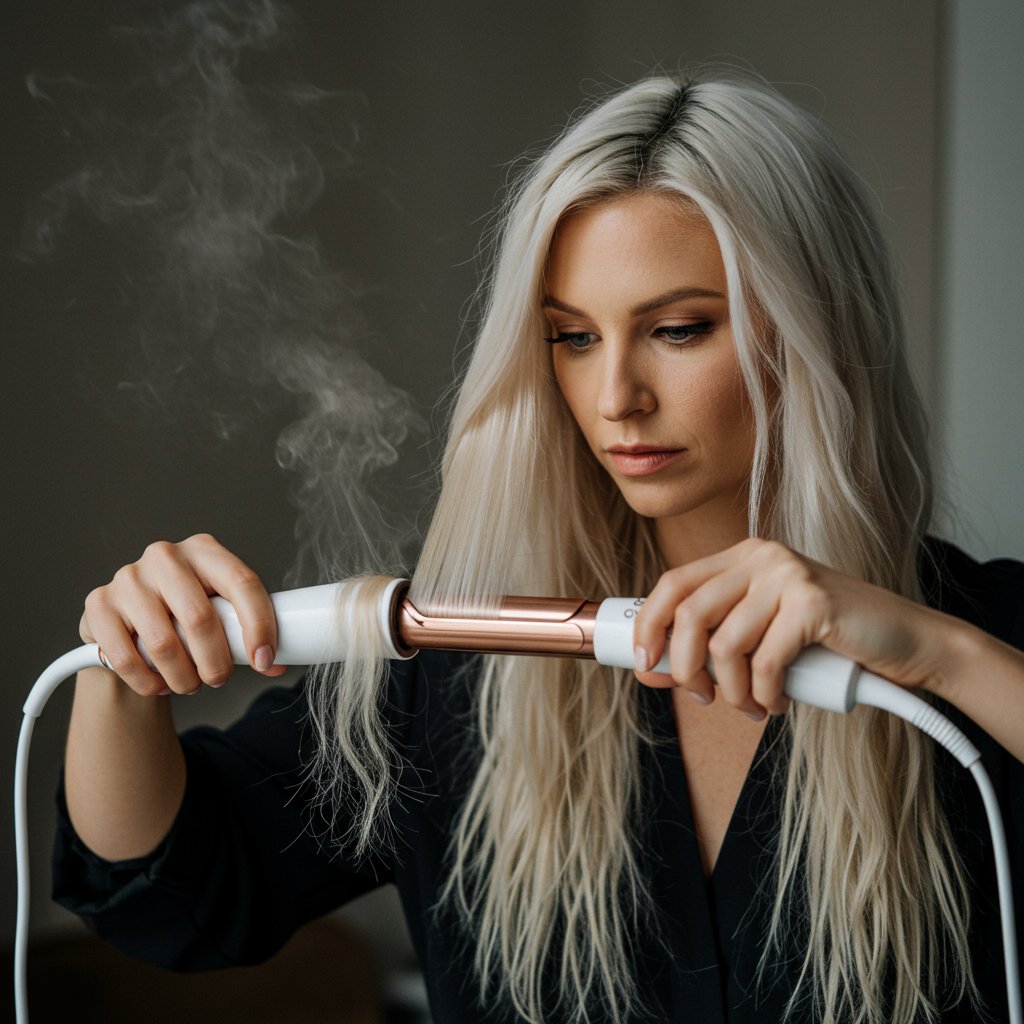
Mastering the Blow-Dry
Begin by rough-drying your hair on a low heat, low speed setting until it's about 80% dry, keeping the dryer moving constantly. Apply a heat protectant spray liberally from roots to ends. Then, using a boar bristle or ceramic round brush, work in sections to smooth the cuticle. Point the nozzle of the dryer downwards along the hair shaft to encourage the cuticle to lie flat, which creates shine and reduces frizz. A final 'cool shot' at the end helps to set the style and seal the cuticle for a longer-lasting, smoother finish.
Curling and Straightening with Care
Always work on completely dry hair; using hot tools on even slightly damp hair will boil the water within the strand and cause major damage. Before a flat iron or curling wand touches your hair, ensure your heat protectant has been applied and has dried. Work in clean, small sections. For straightening, glide the iron smoothly and steadily down the hair shaft in a single pass. For curling, wrap the section around the barrel without overlapping too much and hold for just a few seconds (5-8 seconds is often enough). Releasing the curl into your palm to cool for a moment before letting it drop can help it set without requiring excessive heat.
Choosing Your Style: Cuts and Looks That Complement Processed Hair
The right haircut can make maintaining style on bleached or color-treated hair significantly easier. Because the ends of the hair are the oldest and most susceptible to damage, styles that keep them looking healthy are ideal. Blunt cuts, like a sharp bob or a crisp, one-length lob, are fantastic options. They remove potentially stringy ends and create a look of thickness and health. The clean lines also beautifully showcase vibrant, all-over color or the precision of a balayage.
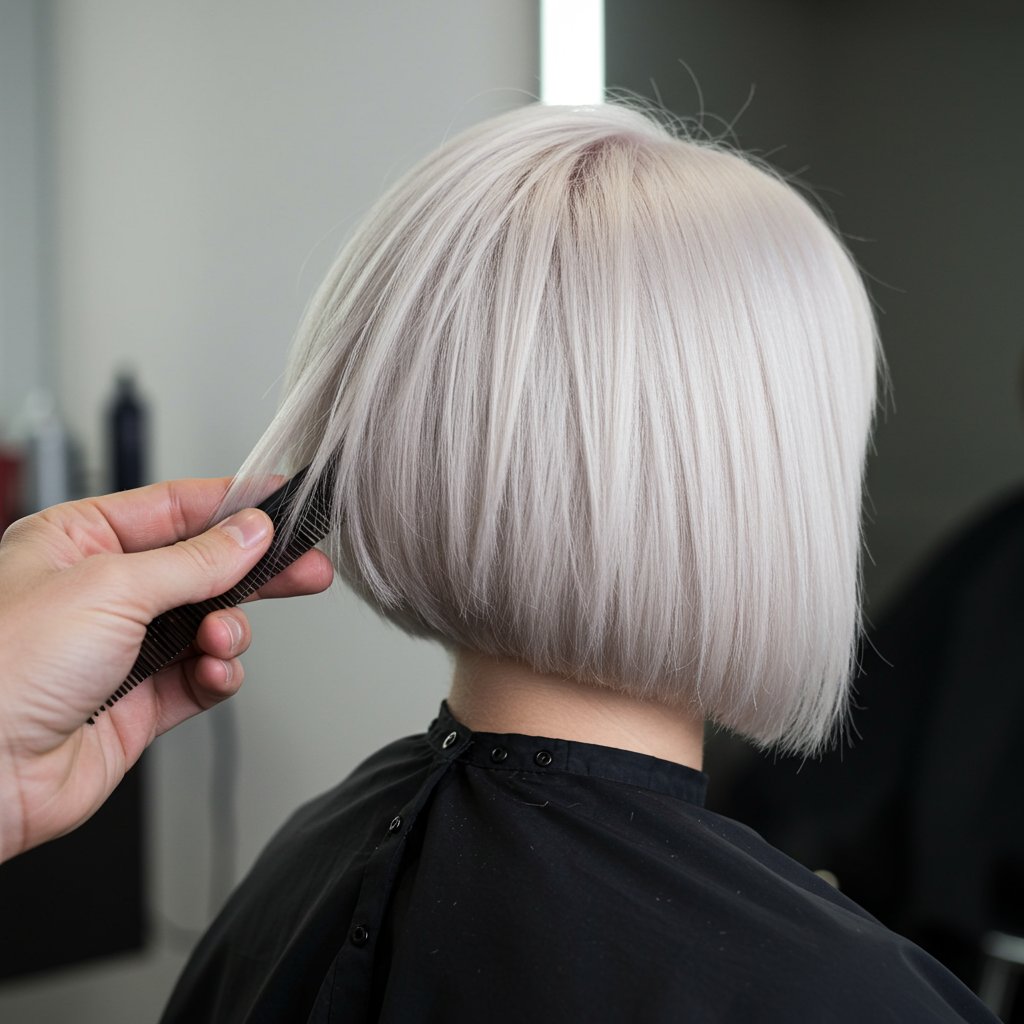
If you prefer longer hair, consider incorporating long, seamless layers. This adds movement and volume without thinning out the ends too much, which can happen with short, choppy layers on fragile hair. Avoid styles that require a lot of backcombing or daily, aggressive heat styling. Instead, embrace looks that work with your hair's new texture. For example, the added porosity and grit of bleached hair can be perfect for holding soft waves, braids, and effortless updos. A good stylist can help you design a cut that not only looks great but also minimizes your daily styling burden and promotes long-term hair health.
The Finishing Touches: Products That Protect and Perfect
Styling products are your best friends when it comes to creating a polished, lasting look on color-treated hair. They are not just for hold; they are for protection, shine, and texture. Your product arsenal should be curated to address the specific needs of processed hair. The number one, non-negotiable product is a high-quality heat protectant. Modern formulas do more than just shield from heat; many contain nourishing ingredients and UV filters to protect your color from fading in the sun.
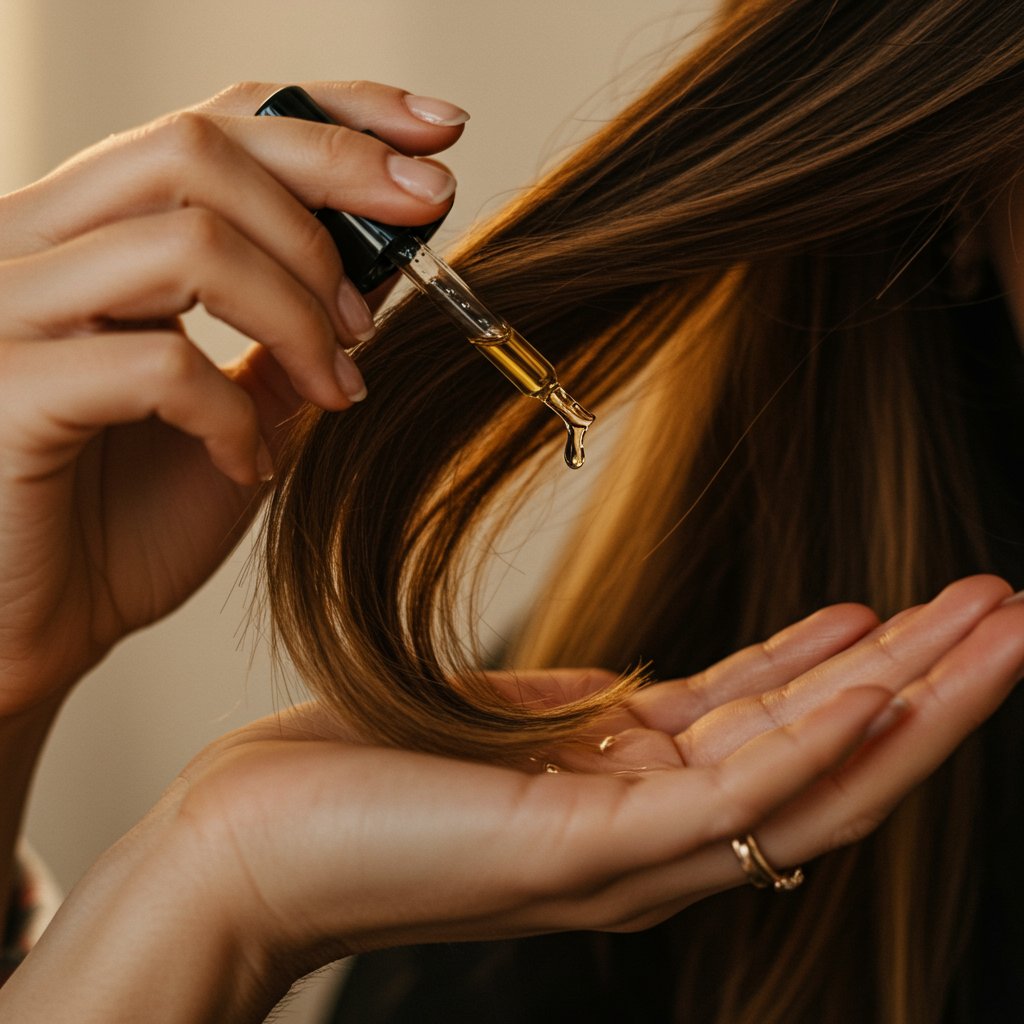
Once your hair is styled, a finishing product is key. To combat frizz and add a dose of brilliance, use a lightweight serum or oil. Apply a tiny amount to your palms, rub them together, and gently skim over the surface of your hair, focusing on the mid-lengths and ends. This will tame flyaways and reflect light, making your color appear more dimensional. For volume and texture without stiffness, a texturizing spray or dry texture foam is excellent. It provides grip and body for that lived-in look. Finally, when you need hold, opt for a flexible or brushable-hold hairspray. Heavy, alcohol-laden sprays can be incredibly drying and make fragile hair brittle and prone to breakage.
Extending Your Style: How to Make Your Look Last
The less you have to wash and heat style your hair, the better. Learning how to extend the life of your hairstyle is a game-changer for hair health. The first 24 hours are crucial; try to touch your hair as little as possible to prevent transferring oils from your hands and disrupting the style. On day two, it’s time to bring in dry shampoo. But don't just spray it on greasy roots; apply it proactively to your roots and scalp before your hair gets oily. This will help absorb oils as they are produced. Lift sections of your hair and spray from about 6-8 inches away, let it sit for a minute, then massage it in with your fingertips or brush it through.

Your nighttime routine is just as important as your daytime one. Swap your cotton pillowcase for a silk or satin one. These materials create less friction, which means less frizz, fewer tangles, and a longer life for your blowout or curls. Protect your style further by loosely gathering your hair into a high, loose bun (a 'pineapple') or a loose braid, secured with a gentle silk scrunchie. In the morning, you can refresh your style by lightly misting with water, using your fingers to reshape waves, or touching up just the front pieces with a hot tool instead of re-styling your entire head.
Quick Tips for Lasting Style & Health
- Rinse with Cool Water: After conditioning, a final rinse with cool water helps to seal the hair cuticle, locking in moisture and adding shine.
- Microfiber Towel: Ditch the rough terrycloth towel. Gently squeeze excess water from your hair with a soft microfiber towel or an old t-shirt to reduce frizz and prevent breakage.
- Regular Trims: Schedule trims every 6-8 weeks to snip off split ends before they can travel up the hair shaft and cause more damage.
- Bond-Building Treatments: Incorporate an at-home bond-building treatment (like those containing bis-aminopropyl diglycol dimaleate or similar patented technologies) into your weekly routine to repair broken disulfide bonds from the inside out.
- Protect from Elements: Wear a hat in direct sun to prevent UV color fading and protect your hair from drying wind or chlorine/saltwater when swimming.
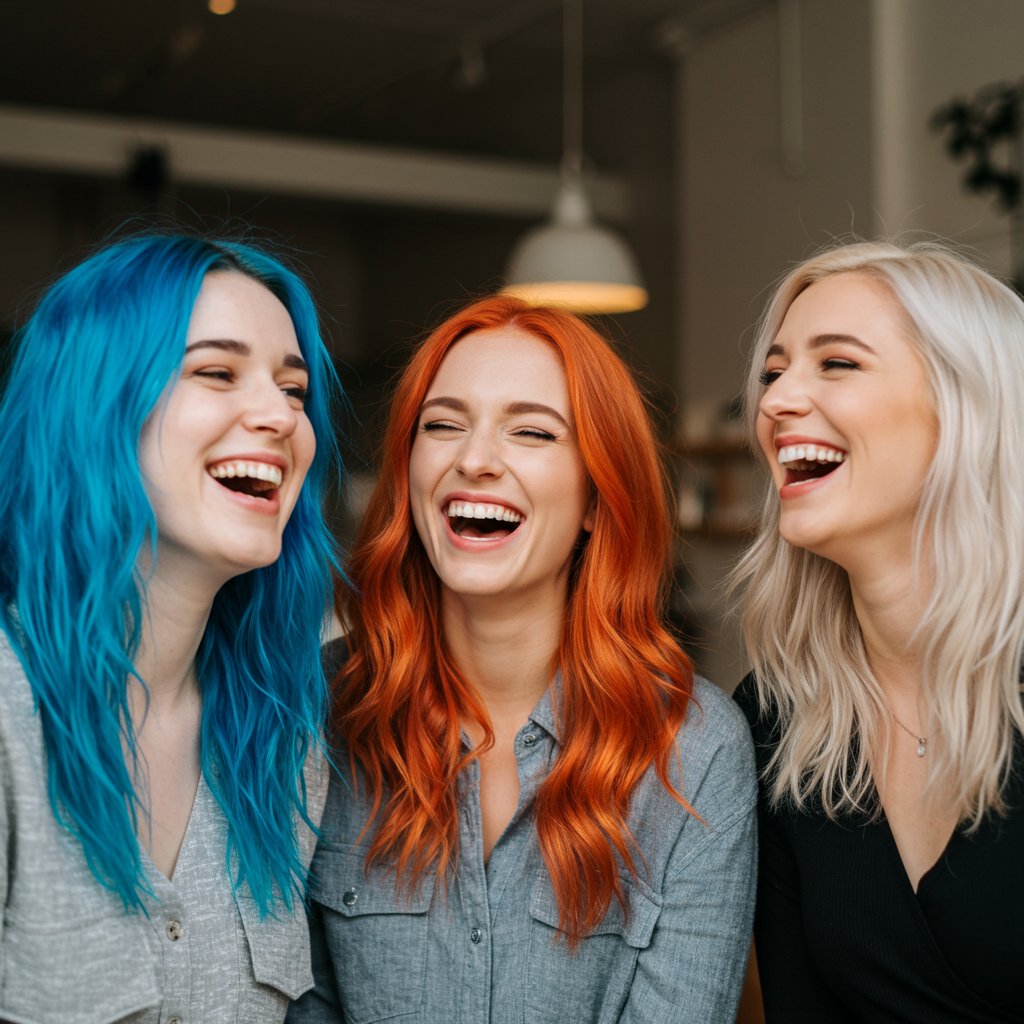
Frequently Asked Questions (FAQ)
How often can I safely use heat on my bleached hair?
For very compromised hair, it's best to limit direct heat styling to 1-2 times per week. When you do use heat, always use a protectant and the lowest effective temperature. On off-days, embrace heat-free styling methods like braids, buns, or using heatless curling rods overnight.What's the best way to add volume to fine, color-treated hair without causing damage?
Focus on volumizing at the root. Use a volumizing mousse or root-lift spray on damp hair before blow-drying. When drying, flip your head upside down to lift the roots away from the scalp. Using a texturizing spray on dry hair can also provide airy volume without the stickiness of hairspray.My color looks dull a few weeks after the salon. How can I boost its shine when styling?
Dullness is often caused by a rough cuticle or product buildup. Start by using a clarifying shampoo once every few weeks. When styling, finishing with a lightweight shine serum or glossing spray is key. These products contain ingredients that smooth the cuticle and reflect light. Also, ensuring your hair is well-hydrated with masks and leave-ins will naturally improve its luster.Can I still do 'wet looks' or use strong-hold gels on bleached hair?
Yes, but with caution. Many strong-hold gels contain high amounts of alcohol, which can be extremely drying. Look for alcohol-free gels or styling creams. When creating a wet look, mix your gel with a few drops of hair oil or a leave-in conditioner to provide a protective, moisturizing buffer.My curls and waves fall flat almost immediately on my color-treated hair. How do I get them to hold?
This is common when hair's elasticity is compromised. The key is prep and setting. Use a mousse or styling foam on damp hair to provide a foundation of hold. After curling each section with an iron, either pin the curl up to cool or let it cool completely in your palm before releasing. This setting process is what locks in the shape. A light mist of a flexible-hold hairspray will provide memory without making hair crunchy.Conclusion: Style and Health in Harmony
Maintaining style on bleached or color-treated hair is a delicate dance between aesthetics and preservation. It requires a shift in mindset—from forcing hair into submission to working with its unique, altered state. By understanding the science behind your strands, building a foundation of deep hydration, using heat intelligently, and choosing the right products and cuts, you can absolutely have it all: vibrant, head-turning color and beautiful, lasting styles. Embrace this new routine not as a chore, but as an act of devotion to your hair. The result will be healthy, resilient, and stunningly styled hair that truly reflects your personal expression.


